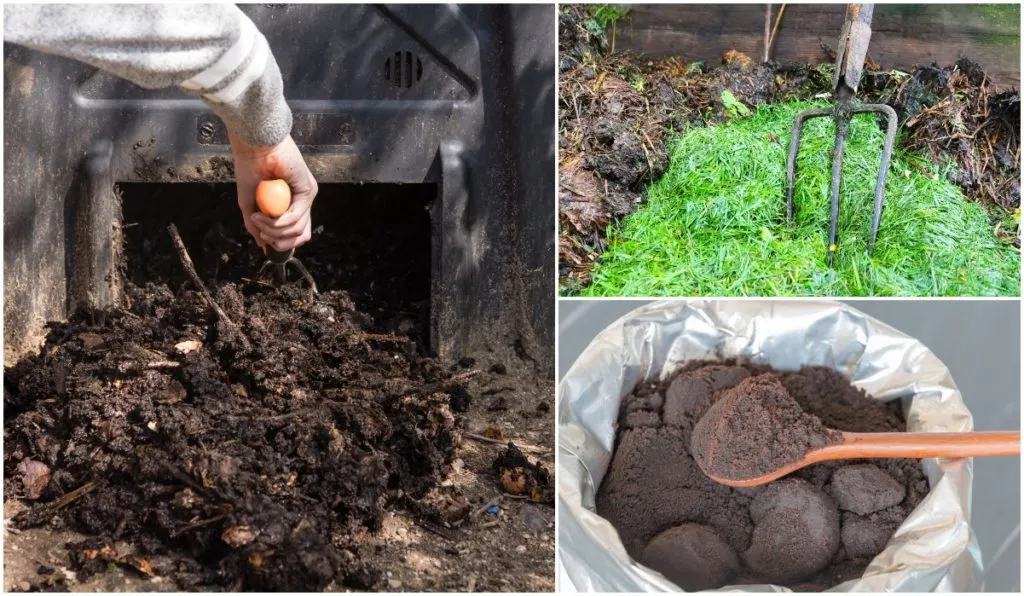
In the natural world, the decomposition of plant and animal matter into rich and fertile topsoil is a very, very slow process.
Somewhere along the way, at least as far back as the days of the early Roman Empire, clever and impatient humans discovered how to replicate this process and speed it along considerably.
The fundamentals of a productive compost pile is achieving the proper volume, striking the right balance between carbon and nitrogen, always keeping it moist, and turning it over frequently. Follow these four rules and you shouldn’t need any kind of compost activator.
However, when your compost heap is inexplicably slow and inactive, or has been long forgotten and neglected, there are ways to wake up a sleeping compost and kick it into humus-making action.
Why Isn’t My Compost Heating Up?
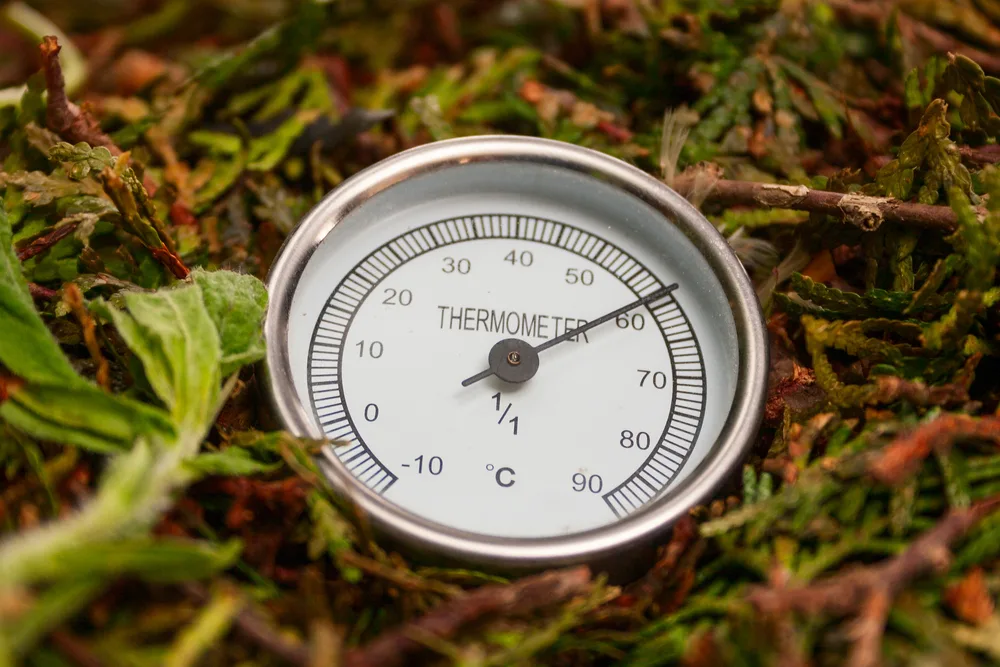
Hot composting makes compost fast. Even quicker still is the Berkley Method for compost in as little as two weeks.
Compost will break down most efficiently between 150°F to 160°F (65°C to 71°C). This temperature range is hot enough to destroy pathogens and weed seeds, but not so hot as to kill off the beneficial microbes in the pile.
For a pile to heat up and stay hot throughout the entire composting process, it needs:
Volume
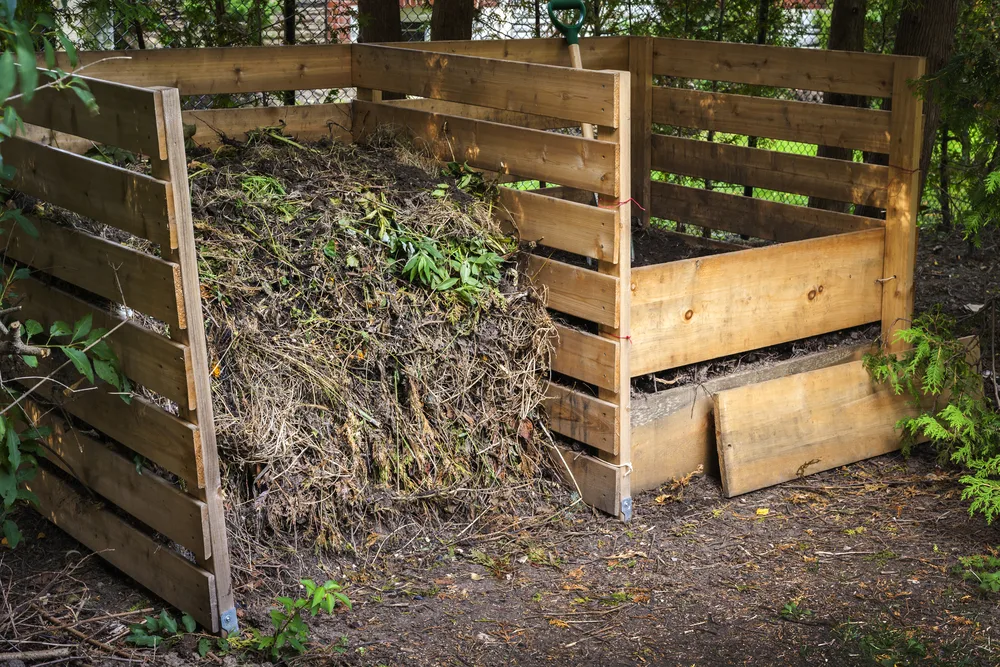
Smaller compost piles won’t retain heat as efficiently as larger ones. A slow compost can be re-energized by adding more materials until the heap reaches a minimum size of 3 cubic feet.
Moisture
Compost heaps should be kept moist but not soggy. Ideally, it will contain 40% to 60% moisture at all times – about the consistency of a wrung-out sponge.
Aeration
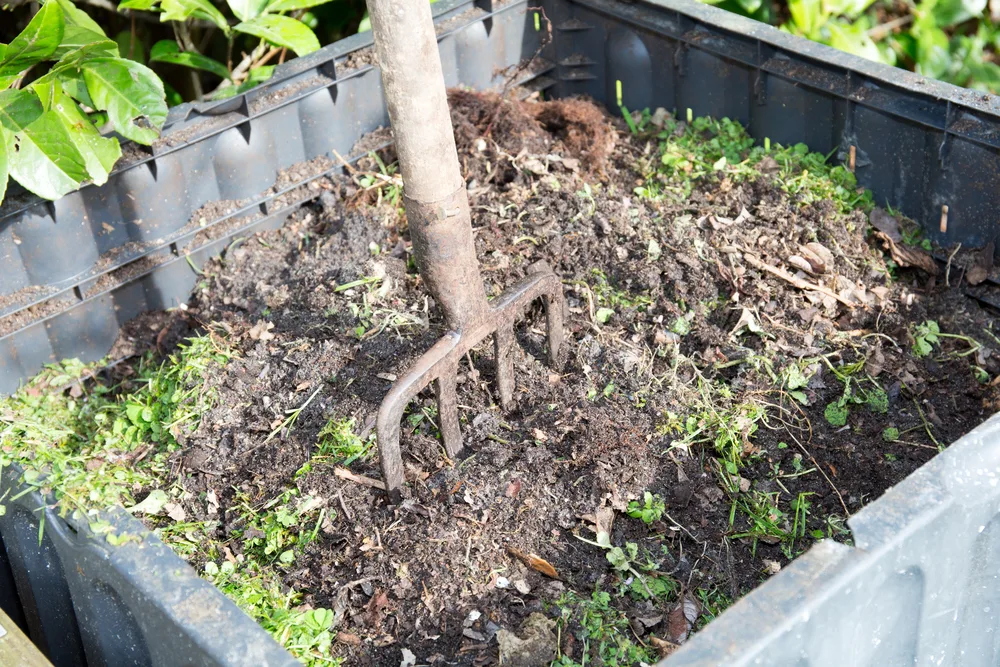
The more frequently you turn the pile, the faster it’ll cook. A compost heap turned daily will yield finished humus in two weeks. Turned every other day, three weeks. Every three days, a month.
C:N Ratio
Most often, the reason a compost heap slows to a crawl is an improper balance between nitrogen and carbon materials in the pile.
The ideal ratio of browns to greens is 30 parts carbon to 1 part nitrogen.
This can be tricky to measure since not all browns contain an equal amount of carbon. For example, shredded cardboard has a very high carbon-to-nitrogen ratio (roughly 350 to 1) while dried leaves are comparatively lower in carbon (60 to 1).
Some folks find it easiest to add browns and greens in equal volume, adjusting amounts as they go along. Others prefer a more exacting method of tossing 2 to 3 buckets of carbon for each bucket of nitrogen.
Finding the right balance isn’t too difficult because the compost pile will always tell you what it needs. Too much nitrogen and the pile will start to stink; too much carbon and decomposition will slow down dramatically.
Fixing a slow pile is usually as simple as adding more nitrogen-rich materials to the pit. Nitrogen gives the microbes working the pile the protein needed to reproduce quickly. The more microorganisms at work breaking down the materials, the faster the compost is made.
6 Compost Activators to Fuel Your Heap
1. Urine
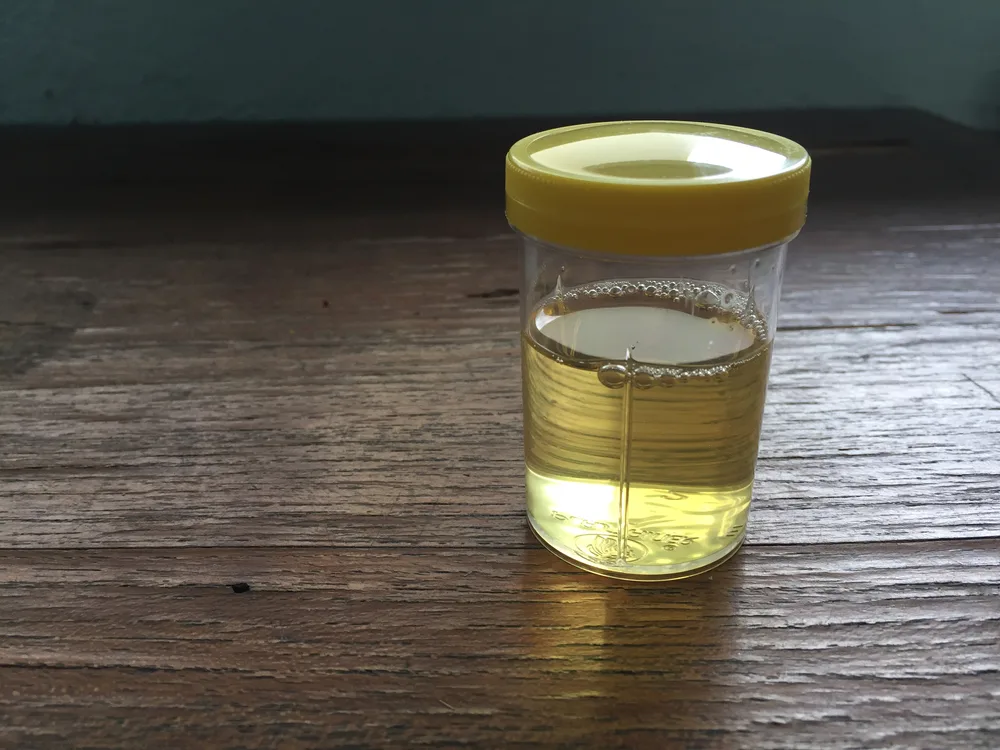
An underutilized, yet excellent source of nitrogen is within each of us. And it’s free, readily available, and renewable!
Indeed, human pee is a fantastic natural fertilizer and compost stimulator. In fact, the urine from all mammals plays an important role in the earth’s nitrogen cycle.
Although human urine is composed of more than 90% water, the rest is made up of organic solids, primarily urea. Urea is widely used as a fertilizer in agriculture.
With an average N-P-K value of 11-1-2.5, our pee contains significant levels of nitrogen. The addition of this liquid gold is easily the quickest way to fire up a cold compost.
So long as you’re healthy and not taking medication, it’s completely safe to pee on your compost.
The best time let it rain down on your pile is in the morning when urea levels will be at their highest concentration.
2. Grass Clippings
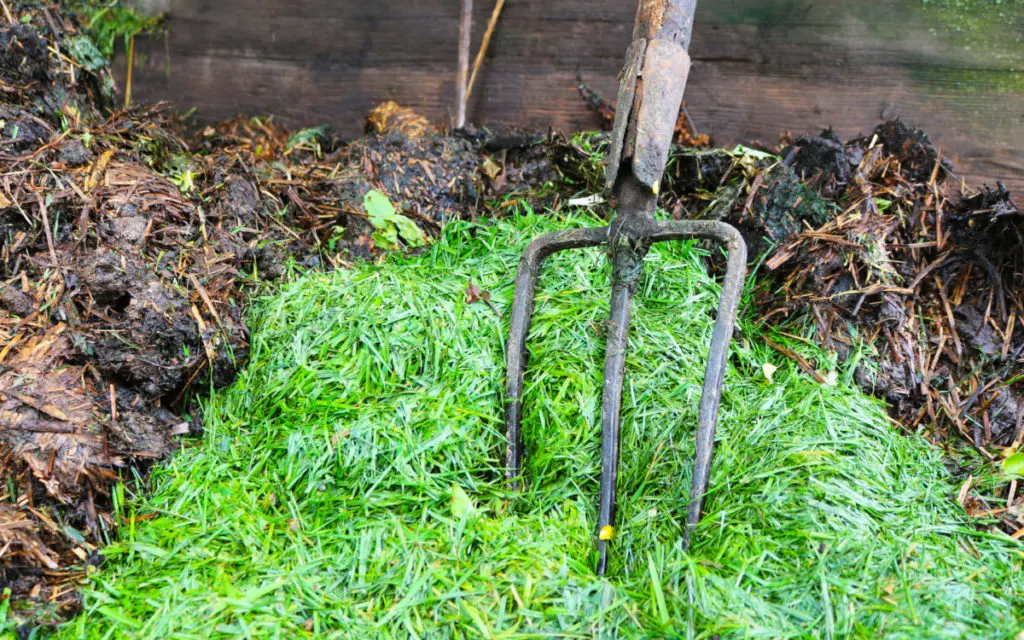
Freshly cut grass clippings added to the compost heap will turn a sluggish pile into a hot mess in no time.
Grass has an N-P-K value of 4-1-2 when it’s still green and moist and fresh. It loses its nitrogen content as it dries so it’s best to toss grass clippings in the compost immediately after mowing the lawn.
Cut grass decomposes rapidly once in the pile. While this is a great thing for fuelling the microbes and heating it up, grass consumes a lot of oxygen as it breaks down. Along with its tendency to stick together and form clumps, grass clippings can create anaerobic conditions that will cause the entire compost to smell.
It’s simple enough to avoid this by thoroughly mixing grass clippings with brown materials before adding it to the pile. Aim for at least a 2:1 carbon-to-grass clippings ratio.
Once the grass is in the compost, turn it after the first 24 hours. Keep turning it frequently in the coming days to prevent the grass from clumping together. Regular aeration will also keep the clippings better distributed throughout the pile.
3. Blood Meal
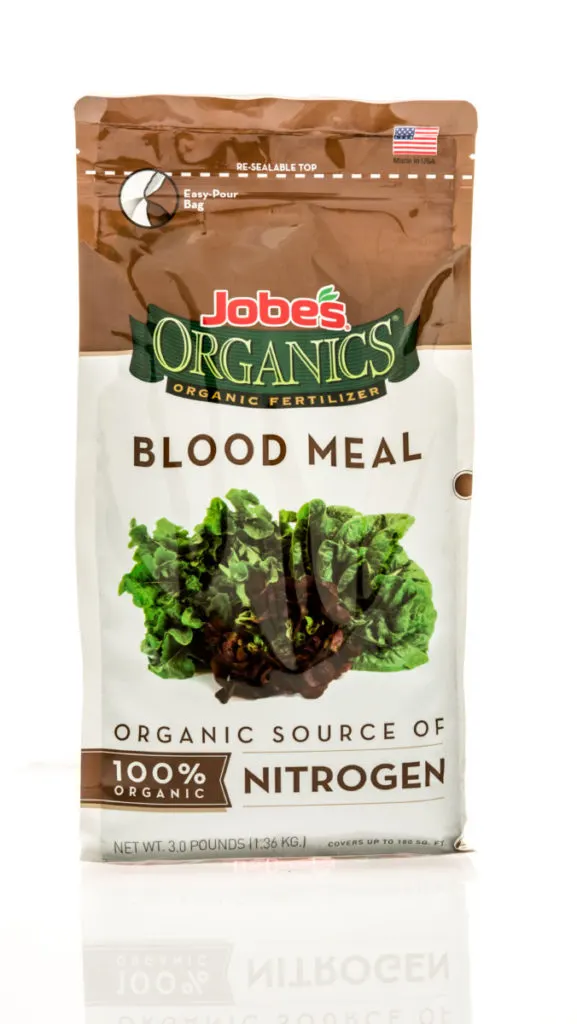
Blood meal has an N-P-K of 12-0-0, making it one of the richest organic sources of nitrogen.
A by-product of the slaughterhouse, animal blood is collected and dried into a powdery form. It’s typically used in the garden as an early season fertilizer that promotes explosive leafy growth.
Sprinkle it over your soil for a quick crop boost. It’s powerful stuff that can burn young plants if you overdo it so always apply it with a light hand.
Here’s our guide to using blood meal in the vegetable garden.
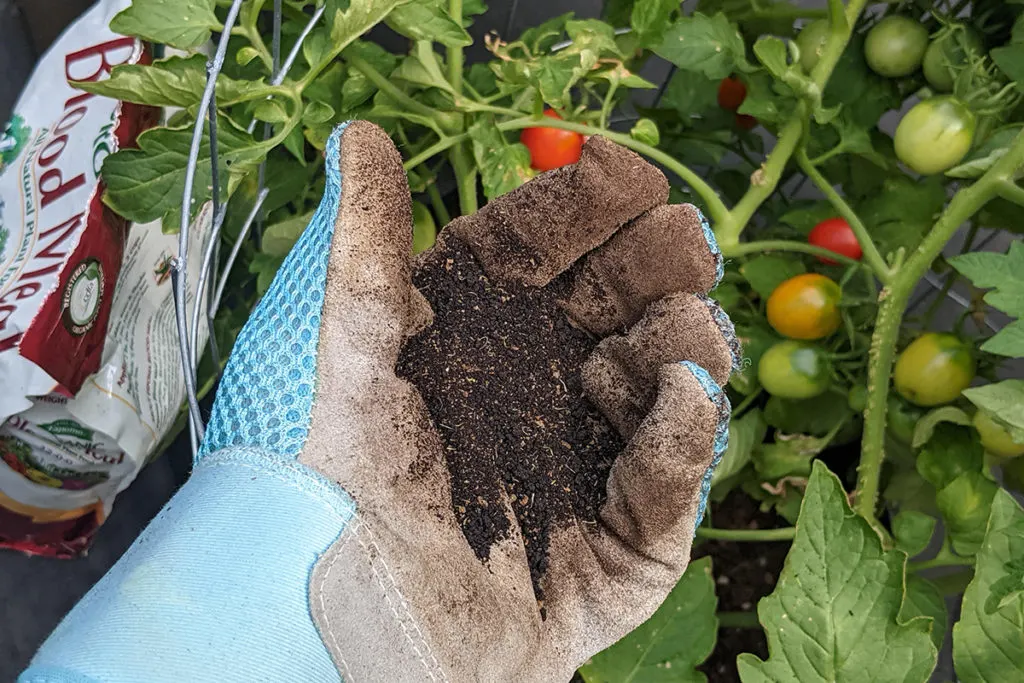
When worked into the soil, blood meal gives off an odor that is practically undetectable to us but is very useful for deterring rabbits and other critters from munching on your crops.
Blood meal is also the perfect foil for a lethargic compost pile. Especially when you have loads of carbon-rich yard waste and not enough greens to match, blood meal can act as the sole nitrogen provider in the heap.
To process a pile of leaves or woody matter, apply blood meal at a rate of 2.5 ounces for each cubic yard of carbon materials.
Adding blood meal to compost that already contains some greens will take a bit more guesswork as you don’t want to throw your C:N ratios out of whack. Start with a small amount – just a teaspoon or two – and turn the pile well. If the compost doesn’t heat up within 24 to 48 hours, add a little more.
4. Alfalfa
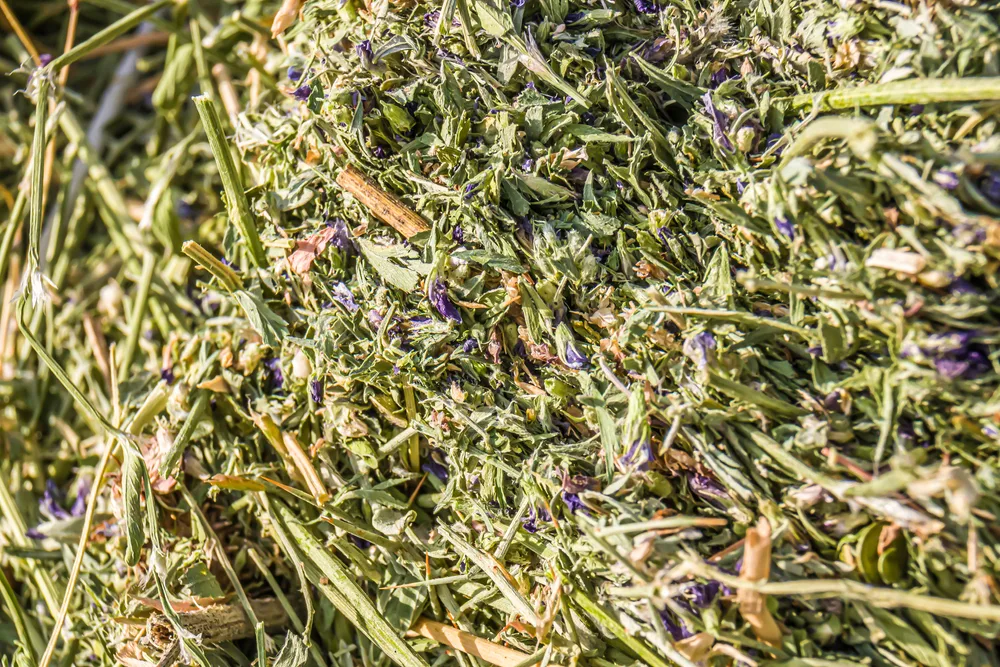
Alfalfa (Medicago sativa) is an incredibly useful little plant to grow.
A legume and member of the pea family, alfalfa is a flowering herbaceous perennial with several amazing qualities.
As a nitrogen fixer, growing alfalfa alongside your other plants helps boost soil fertility.
Alfalfa blooms with pretty lavender flowers from June to September and these are very attractive to pollinators and other beneficial insects throughout the growing season. Birds love alfalfa too.
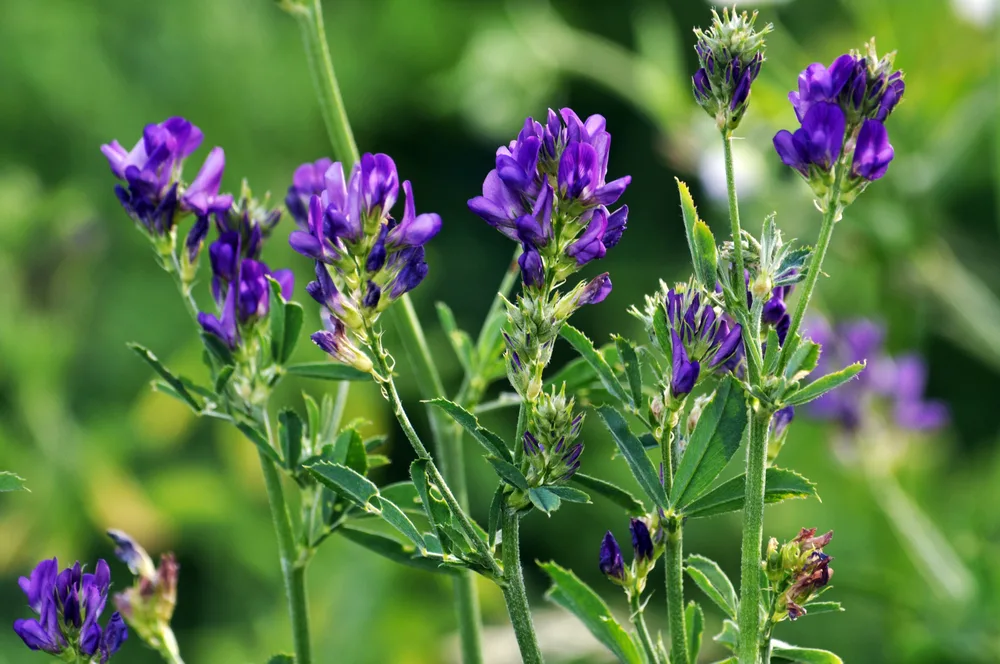
On the homestead, alfalfa’s nutritious foliage makes excellent forage and feed for chickens, ducks, goats, sheep, and many other barnyard animals.
When the season is over, alfalfa plants can be pulled, chopped up, and added back to the soil as a green manure.
Whether grown fresh in the garden or purchased as alfalfa meal, it’s a wonderful all-purpose fertilizer with an N-P-K of roughly 3-1-2. These nutrients are released into the soil slowly, making alfalfa gentle enough to be used on the youngest seedlings and sprouts.
Because of its higher nitrogen content, alfalfa is a good ingredient to get a compost cooking. Alfalfa meal can be used proactively to heat a pile by sprinkling it between brown and green layers. To fire up a slow pile, add and handful or two before giving the heap a turn.
5. Feather Meal
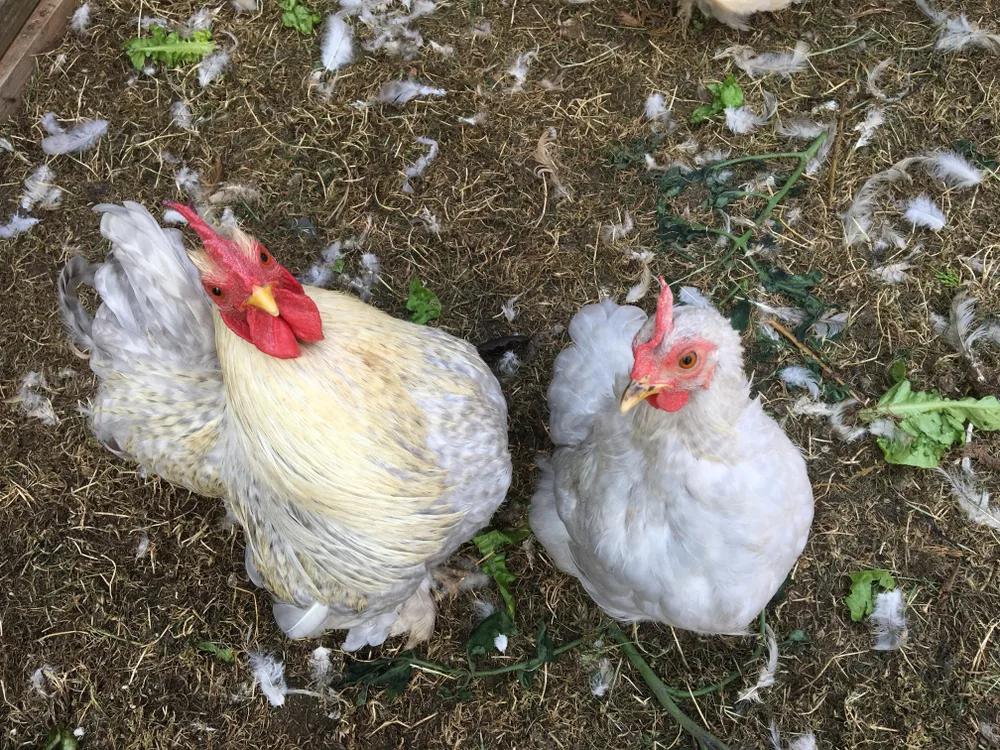
Believe it or not, bird feathers are an amazingly rich source of nitrogen.
Bird feathers are made up of approximately 90% keratin proteins and have nitrogen content between 12% and 15%.
Although feathers are fibrous, insoluble, and resistant to degradation outside of the compost, inside the heap they will be exposed to keratin-decomposing microorganisms that will break them down completely.
If you keep backyard chickens or ducks, you’ll surely have an endless supply of moult to feed the compost. An old down pillow, duvet, or jacket could also be pilfered for the downy feathers inside.
When composting “fresh” feathers to heat up a pile, soak them in a bucket of water for 24 hours before tossing them in. This step will not only weigh them down so they don’t blow away in the wind, pre-soaking feathers will also help them decompose just a little bit faster.
If you don’t have access to bird feathers, feather meal is also an option. This 12-0-0 slow release fertilizer is made by heating and sterilizing poultry feathers with steam pressure cookers. The feathers are then dried and ground up into a powder.
To use feather meal as a compost activator, add about a cup to start. Wait the requisite 24 to 48 hours and if the pile hasn’t gotten hot, toss in another cup.
6. Spent Coffee Grounds
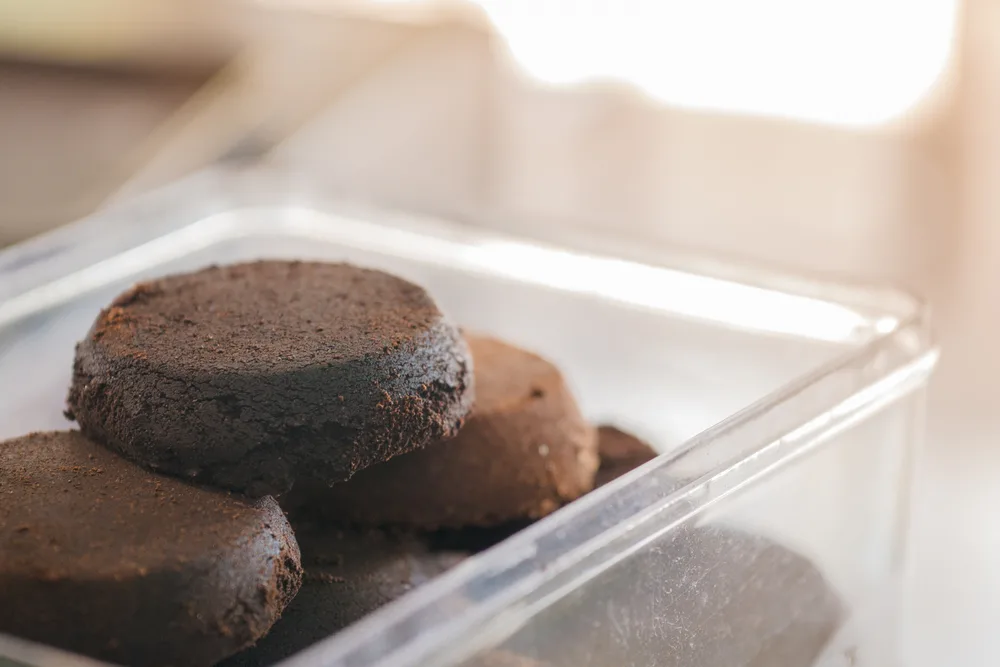
Whether to use – or not use – coffee grounds in the garden has recently become a hotly debated subject among organic gardening circles.
On the one hand, used coffee grounds are a great source of nitrogen that will certainly rouse a sleepy compost heap.
Containing about 2% nitrogen, the by-product for your morning coffee is a very valuable green material, and composting it will keep it out of the landfill. It’s easy to acquire too – non-coffee drinkers can snag a few bags of spent coffee grounds courtesy of their local coffee shops.
On the other hand, scientific inquiries into incorporating coffee grounds into garden soil as a fertilizer, or mulch, or in the compost have had mixed results.
Composted coffee grounds boosted the growth and yield of beets, cabbages, and soybeans in one experiment, while in another it hindered the development of alfalfa, clover, and Chinese mustard.
As a guideline, Master Gardener Dr. Linda Chalker-Scott of Washington State University recommends keeping the total volume of coffee grounds in the compost between 10% and 20%. Anything above 30% increases the risk those coffee dregs could end up harming the microbes and earthworms working the pile.
Informal field experiments from the Oregon State University Extension Service found that compost composed of 25% coffee grounds is most effective for maintaining consistently high heat. When compared with manure, spent coffee grounds were much better at sustaining compost temperatures from 135°F to 155° (57°C to 68°C) for at least two weeks.

Get the famous Rural Sprout newsletter delivered to your inbox.
Including Sunday musings from our editor, Tracey, as well as “What’s Up Wednesday” our roundup of what’s in season and new article updates and alerts.

